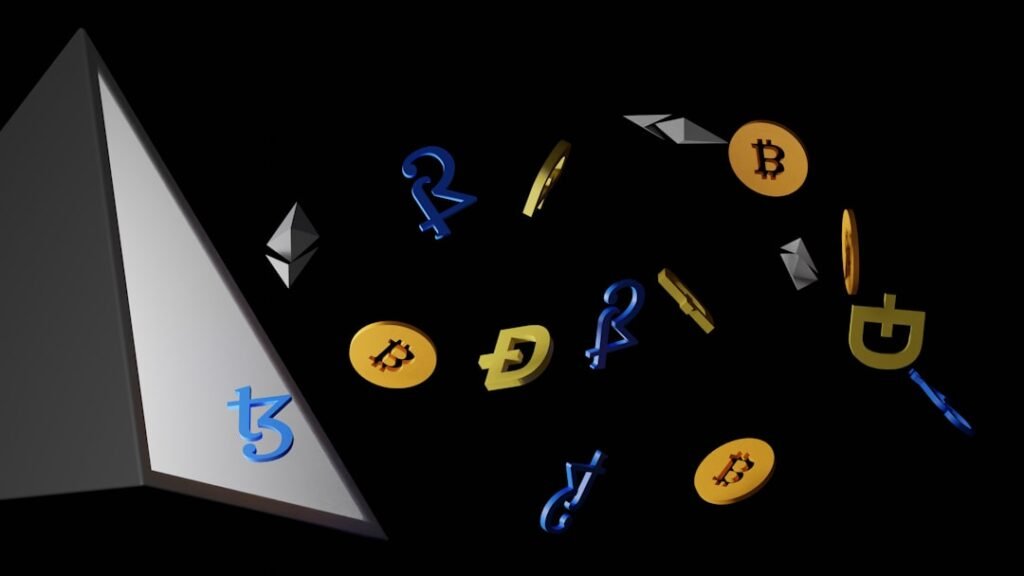The cryptocurrency industry is witnessing growing discussions around ‘On-Chain Exchange’ platforms, with emerging platforms like Hyperliquid generating significant social media attention. While some label these innovations as ‘the future Wall Street,’ others remain skeptical about their long-term viability. Understanding the fundamental need for decentralized exchanges requires examining the historical development of cryptocurrency trading mechanisms. **The Early Days of Bitcoin** When Satoshi Nakamoto introduced the Bitcoin whitepaper in 2009, the world encountered its first fully decentralized digital currency. Initially, Bitcoin functioned more as an experimental token within technical communities rather than a recognized asset or currency. Early transactions relied heavily on trust-based arrangements, with buyers and sellers coordinating through forums, eBay, or Taobao. The landmark 2010 transaction where programmer Laszlo exchanged 10,000 Bitcoin for two pizzas represented the cryptocurrency’s first real-world pricing event. However, the absence of formal price discovery and matching mechanisms prevented the formation of a genuine market. The subsequent emergence of early trading platforms organized scattered trading demands into structured marketplaces, marking Bitcoin’s ‘bazaar era’—characterized by primitive yet vibrant trading activity. **The Rise of Centralized Exchanges (CEX)** As Bitcoin’s price volatility increased, trading demand surged, leading to the establishment of centralized exchanges around 2010. These platforms functioned as cryptocurrency banking counters, providing price quotations, trade matching, and asset custody services. Technologically similar to conventional websites, CEX platforms offered user-friendly interfaces that eliminated the need for understanding complex concepts like private keys, wallets, or nodes. By packaging unfamiliar technology in accessible formats, CEX became crucial entry points into the cryptocurrency ecosystem. While centralized exchanges provided Bitcoin with essential liquidity—enabling trading, pricing, and conversion—they introduced a fundamental contradiction: a currency founded on decentralization ideals became dependent on centralized trading platforms. This created renewed trust dependencies, where users held account balances rather than actual assets, placing complete control in platform operators’ hands. **The Mt.Gox Collapse** Mt.Gox, originally a trading card exchange, dominated Bitcoin trading during its peak, processing approximately 70% of global Bitcoin transactions. However, systemic vulnerabilities including technical flaws, mismanagement, and improper wallet security practices culminated in the 2014 announcement of 850,000 lost Bitcoin. This event triggered market-wide panic and price collapses, representing the first major failure of centralized trust systems in cryptocurrency. It demonstrated that blockchain transparency cannot compensate for centralized operational opacity. The incident popularized the enduring maxim: ‘Not your keys, not your coins,’ emphasizing that asset custody eliminates true ownership. The aftermath accelerated hardware wallet development, with products like Trezor and Ledger enabling users to physically control private keys, reshaping trust boundaries within the cryptocurrency ecosystem. **Early Decentralized Exchange Development** Post-Mt.Gox, developers began questioning the purpose of decentralization if Bitcoin relied on centralized trading platforms. Between 2014-2015, early projects explored alternative approaches where smart contracts managed asset custody, algorithms executed trade matching, and settlements occurred directly on blockchain networks. These initiatives formed the foundation of decentralized exchanges (DEX), representing a fundamental shift from institutional trust to system-embedded trust mechanisms. **BitShares: Pioneering System Experiment** Among these early efforts, BitShares emerged as a prominent project attempting to create a fully on-chain financial market system. It introduced innovative concepts including decentralized trading, on-chain pegged assets (Smart Assets), and tokenized governance mechanisms that later influenced Steem and EOS. Utilizing DPoS consensus mechanisms, BitShares balanced performance with decentralization. However, contemporary blockchain limitations resulted in constrained throughput, operational complexity, and poor user experience. Most users remained unprepared for self-custody solutions, with private key management, wallet complexity, and unintuitive interfaces making decentralization feel burdensome. While BitShares demonstrated technical feasibility, it revealed market timing limitations, representing an technologically viable but ecologically premature experiment. **Temporary Pause** If Mt.Gox exposed centralized trust vulnerabilities, BitShares offered the first engineering solution for decentralized alternatives. Despite this, market preferences temporarily returned to centralized efficiency models. The 2016 Ethereum ecosystem expansion shifted focus toward Initial Coin Offerings (ICOs), where fundraising, narratives, and token prices dominated discussions, temporarily sidelining infrastructure development. During this speculative period, decentralized trading faced practical challenges including low matching efficiency, high gas costs, and poor user experience, preventing mainstream adoption. These limitations reflected not conceptual failure but immature timing—blockchain performance constraints, high user barriers, and underdeveloped liquidity structures required further evolution. Technological development continued steadily. As Ethereum smart contracts matured, new approaches emerged: if on-chain matching proved inefficient, could algorithms automatically generate prices and liquidity? This conceptual framework formed the basis for Automated Market Makers (AMM)—a model replacing order books with mathematical formulas embedding market logic directly into protocols. The 2018 launch of Uniswap demonstrated DEX viability through minimalist architecture, marking the beginning of decentralized trading’s next evolutionary phase. **Disclaimer:** This content represents author perspectives only and does not constitute investment advice or offers. Readers should comply with applicable laws and regulations in their jurisdictions.












